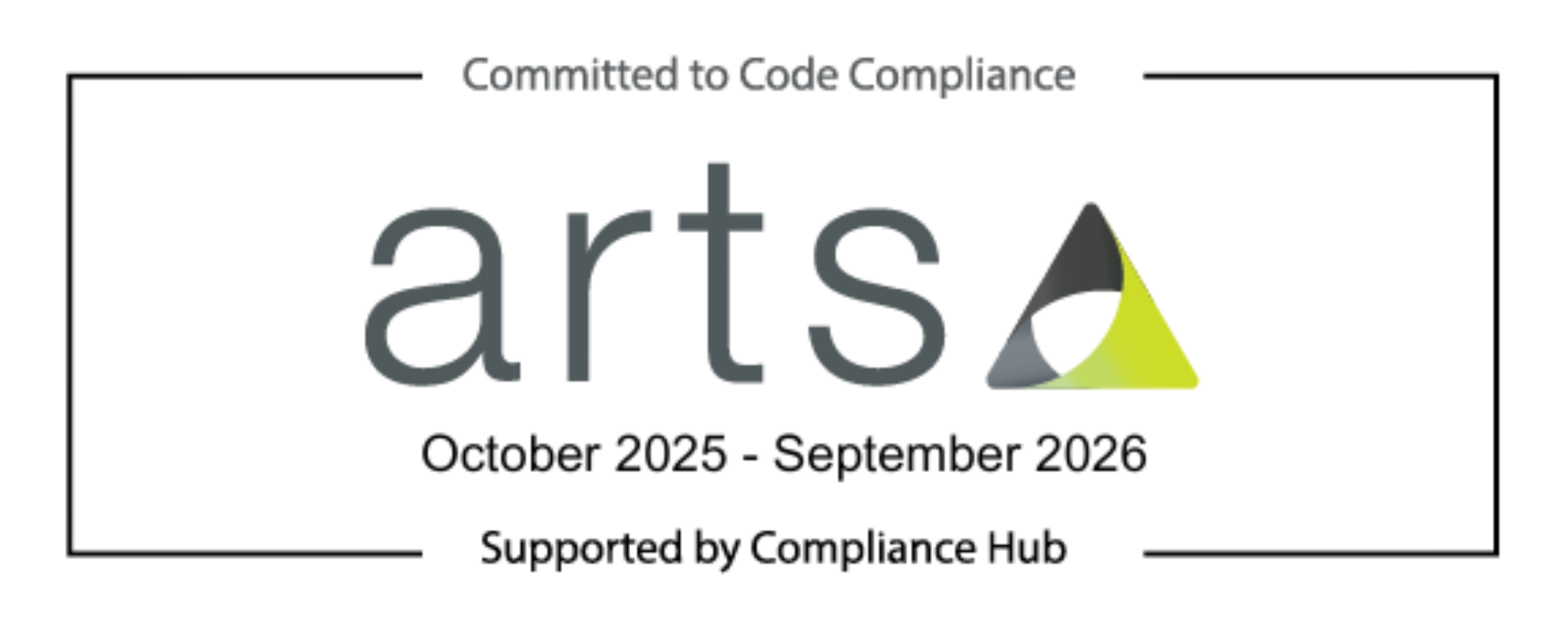Understanding intersectionality as a pharmacy professional
)
- The Pharmacy Technicians of Colour’s session at CPC this year has a theme of intersectionality, for those not familiar with the term could you give a brief definition?
The term originated in America over 30 years ago from a black, female law professor called Kimberle Crenshaw. She used the term to describe the double discrimination of racism and sexism experienced by Black women. These days “intersectionality” has become more widely used. As humans we are complex and multifaced beings. Intersectionality is the idea that as individuals we may be discriminated due to numerous factors and how this discrimination may intersect/overlap with each other. We are not defined purely by one protected characteristic e.g., race. Our gender, sexual orientation, religion as well as the other protected characteristics (set out in the Equality Act 2010) could all lead to negative experiences we have in life. Outside of the 9 protected characteristics, other factors also make us who we are and contribute to discrimination we have faced e.g., accents, socioeconomic background.
- Why is it important for pharmacy professionals to understand intersectionality and the additional challenges that an individual can have if they have intersectional identities? (e.g., here make mention of LGBTQ+, could talk about both patients and colleagues)
Understanding intersectionality could aid pharmacy professionals in fostering a real sense of belonging in the workplace. Realising that not all of us are experiencing the same things and allowing us to be more empathetic and compassionate towards one another, especially if we know certain groups are more marginalised than others or facing increased difficulties.
The government’s 2017 National LGBT survey highlighted that the LGBTQ+ community have disproportionately worse health outcomes and experiences of healthcare and it has been shown that structural racism can reinforce inequalities which could have an impact on mental health. Knowing this highlights that if an individual who was a person of colour from the LGBTQ+ community was experiencing poor mental health, they may have additional challenges in accessing care and this could be detrimental to their health. Other barriers could also exist for this individual. For example, in their culture mental health may not be talked about, or may be seen as taboo subject, so this could add an extra layer of challenges to this individual.
- Often, diversity and inclusion programmes have developed over time to focus on singular diversity ‘pillars’ such as gender or LGBTQ+, does this approach still have merit? And how can organisations (and individuals?) take a more intersectional approach?
A singular diversity ‘pillar’ can be useful to look at before looking at intersectionality as it is important to understand each of these ‘pillars’. Once there is an understanding, remind yourself that individuals won’t just fall under one ‘pillar’ and there may be others that intersect. Using examples to demonstrate what intersectionality is can be helpful. There is still a lot of work to do, and awareness to be raised around diversity and inclusion, so highlighting and addressing singular ‘pillars’ in all areas of work can still be useful.
- Pharmacy professionals can be exposed to situations with patients as well as colleagues in which they experience discrimination. How can organisations and individuals support their teams and colleagues in this instance?
We should all be able to feel safe in the workplace, however we know that bullying, harassment and discrimination does take place at work. There are a number of things individuals may be able to do if they are experiencing this:
- Speak to your line manager (if there is a good working relationship)
- Within the NHS you can speak to a Freedom to Speak up Guardian
- Speak formally or informally to Human Resources to seek advice
- Speak to networks to seek advice – either individuals or chairs of staff networks e.g. BAME, LGBTQ+, Women’s, Disability
- Speak to Mental Health or Wellbeing guardians
- If you are a member of a Union, speak to a Union rep
Most organisations will have a procedure to report and deal with these cases. Familiarise yourself with support available locally and contact them if you need support or guidance.
- Discussing peoples’ identities, especially with regards to the LGBTQ+ community, is sometimes seen as an emotionally charged subject matter, how can leaders be both mindful and inclusive?
Discussing people’s identities can be a charged subject, especially if dealt with incorrectly. It is important for leaders to create a safe space, where genuine authentic conversations can take place. Listen to individuals – don’t make assumptions and hear what they have to say about their experiences.
Ensure the conversation is confidential and do not press on matters – some people may be willing to share their whole story, others may not – either is perfectly fine!
When conversations or forums are seen as a tickbox exercise, individuals may not be forthcoming with their experiences. If you want to hear from a certain community, ask yourself why. What will I do with this information and how will I take what I have learnt to create a better environment for others who may be experiencing the same?
- What resources would you direct people to, to learn more about intersectionality?
Pharmacy Technicians of Colour (PToC) will be hosting a panel discussion on intersectionality at this year’s Clinical Pharmacy Congress. Everyone is welcome so please mark your calendar with a reminder for 10:30am on Friday 12th May. We look forward to welcoming you.
For resources that you can access in your own time, see links below.
- https://www.law.columbia.edu/news/archive/kimberle-crenshaw-intersectionality-more-two-decades-later
- CPPE’s Cultural Competence Hub: https://www.cppe.ac.uk/gateway/cultcomp
- NHS England » LGBT health
- The health of people from ethnic minority groups in England | The King's Fund (kingsfund.org.uk)
- Government working with midwives, medical experts, and academics to investigate BAME maternal mortality - GOV.UK (www.gov.uk)
- Hijabs & Bare Below the Elbows Toolkits – BIMA (britishima.org)
- Black, Asian and minority ethnic (BAME) communities (mentalhealth.org.uk)
- Concerns over lack of clinical training causing avoidable learning disability deaths | Mencap
- Chapter 5: inequality in health - GOV.UK (www.gov.uk)
- Netflix documentary on Colourism: Tan France – Beauty and the Bleach Watch Tan France: Beauty and the Bleach | Netflix


 London
London


